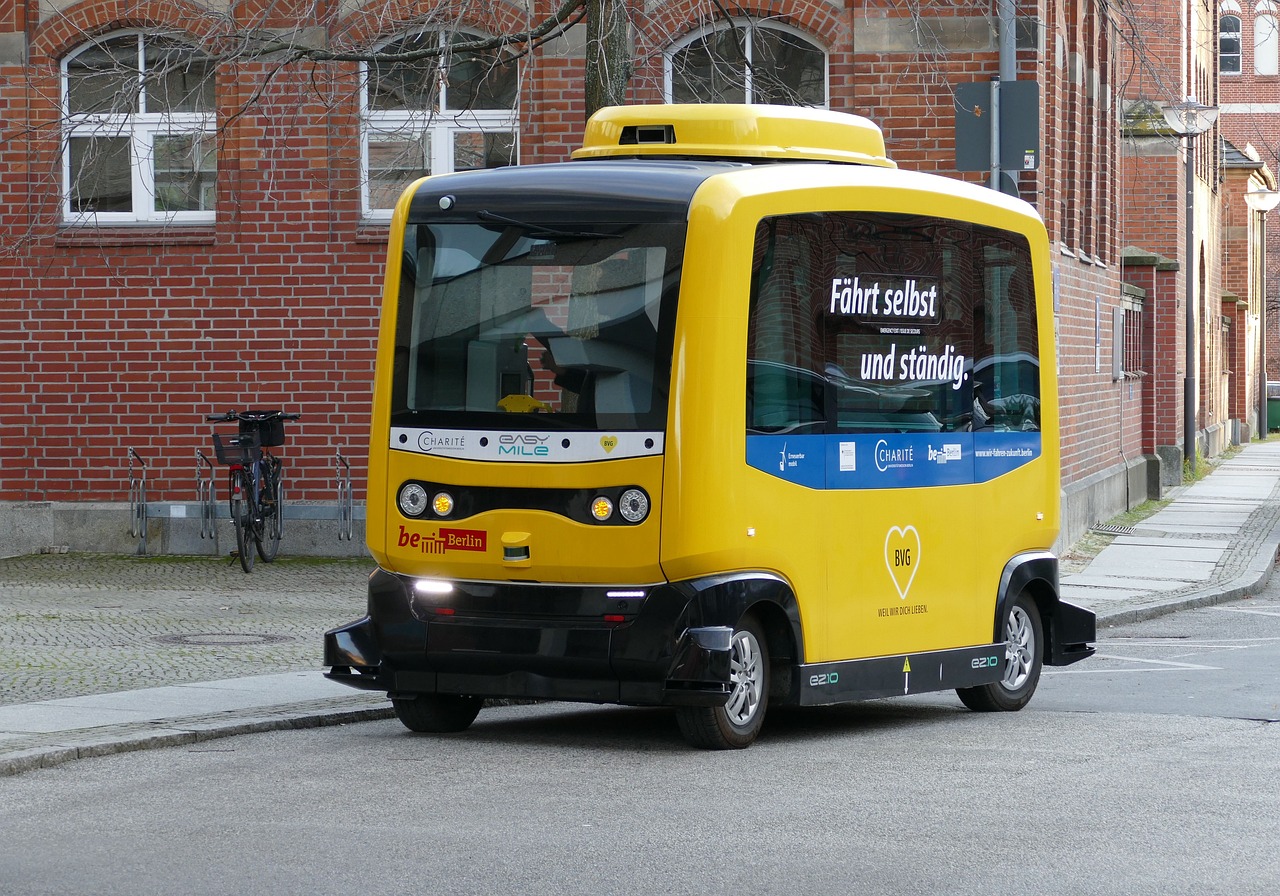The Road to Autonomy: Exploring the Evolution of Self-Driving Cars
Self-driving cars have come a long way since their early prototypes, and today they are revolutionizing the automotive industry. This article takes an in-depth look at the development and advancements in self-driving car technology, from its humble beginnings to the current state of autonomous vehicles on the road.
In the early days of self-driving technology, pioneers in the field paved the way for the advancements we see today. These innovators focused on developing key components such as sensors and control systems, which are crucial for the safe and efficient operation of autonomous vehicles. They strived to create a technology that could navigate roads, detect obstacles, and make decisions like a human driver.
As the technology evolved, so did the capabilities of self-driving cars. Today, autonomous vehicles are equipped with advanced sensors, including cameras, radar, and LiDAR, which allow them to perceive their surroundings with great accuracy. They utilize complex algorithms and artificial intelligence to interpret the sensor data and make real-time decisions on the road.
However, despite the significant progress made in self-driving car technology, there are still challenges to overcome. One of the biggest hurdles is ensuring the safety and reliability of autonomous vehicles in various driving conditions and scenarios. Researchers and engineers are continuously working to improve the capabilities of self-driving cars and address these challenges.
With ongoing research and development efforts, the road to autonomy is still being paved. Self-driving cars have the potential to transform transportation, making it safer, more efficient, and accessible to all. As we continue to explore the evolution of self-driving car technology, it is clear that the future of transportation is heading towards a driverless revolution.
Early Innovations in Self-Driving Technology
Early Innovations in Self-Driving Technology
In the early days of self-driving technology, there were a few pioneers who paved the way for the advancements we see today. These innovators were driven by a vision of a future where cars could navigate themselves, without the need for human intervention. They were the ones who first started experimenting with the development of key components that are now integral to self-driving cars.
One of the most important early innovations was the development of sensors. These sensors play a crucial role in allowing self-driving cars to perceive and understand their surroundings. They use a combination of cameras, radar, and lidar technology to detect objects, pedestrians, and other vehicles on the road. This early breakthrough in sensor technology laid the foundation for the autonomous vehicles we see on the roads today.
Another significant contribution came in the form of control systems. These systems are responsible for processing the data collected by the sensors and making decisions based on that information. Early pioneers in self-driving technology worked tirelessly to develop sophisticated control systems that could interpret the sensor data and guide the vehicle safely on the road. These control systems are constantly evolving and improving, thanks to ongoing research and development efforts.
Overall, the early innovations in self-driving technology were instrumental in shaping the future of autonomous vehicles. The pioneers behind these advancements laid the groundwork for the sophisticated systems we have today, and their contributions continue to drive the progress in this field. It is through their dedication and ingenuity that we are now on the road to autonomy.
Current State of Autonomous Vehicles
The current state of autonomous vehicles is a fascinating subject that showcases the incredible advancements in self-driving car technology. These vehicles have come a long way from their early prototypes, and today they are equipped with advanced sensors, control systems, and artificial intelligence algorithms that enable them to navigate the roads without human intervention.
One of the key capabilities of autonomous vehicles is their ability to sense and interpret their surroundings. They use a variety of sensors such as cameras, lidar, radar, and ultrasonic sensors to detect objects, pedestrians, and other vehicles on the road. This data is then processed by the vehicle’s onboard computer systems, which make decisions in real-time to ensure safe navigation.
However, it is important to note that autonomous vehicles still have some limitations. They rely heavily on accurate mapping data and may struggle in areas with poor or outdated maps. Additionally, inclement weather conditions such as heavy rain or snow can affect the performance of their sensors, making it more challenging for them to operate effectively.
Despite these limitations, ongoing research and development efforts are focused on improving the capabilities of autonomous vehicles. Engineers and scientists are constantly working on refining the algorithms and systems that power these vehicles, with the goal of making them even safer and more reliable. They are also exploring new technologies such as machine learning and deep neural networks to enhance the decision-making capabilities of self-driving cars.
In conclusion, the current state of autonomous vehicles is a testament to the progress made in self-driving car technology. While there are still challenges to overcome, the ongoing research and development efforts in the field promise a future where self-driving cars are a common sight on our roads.


